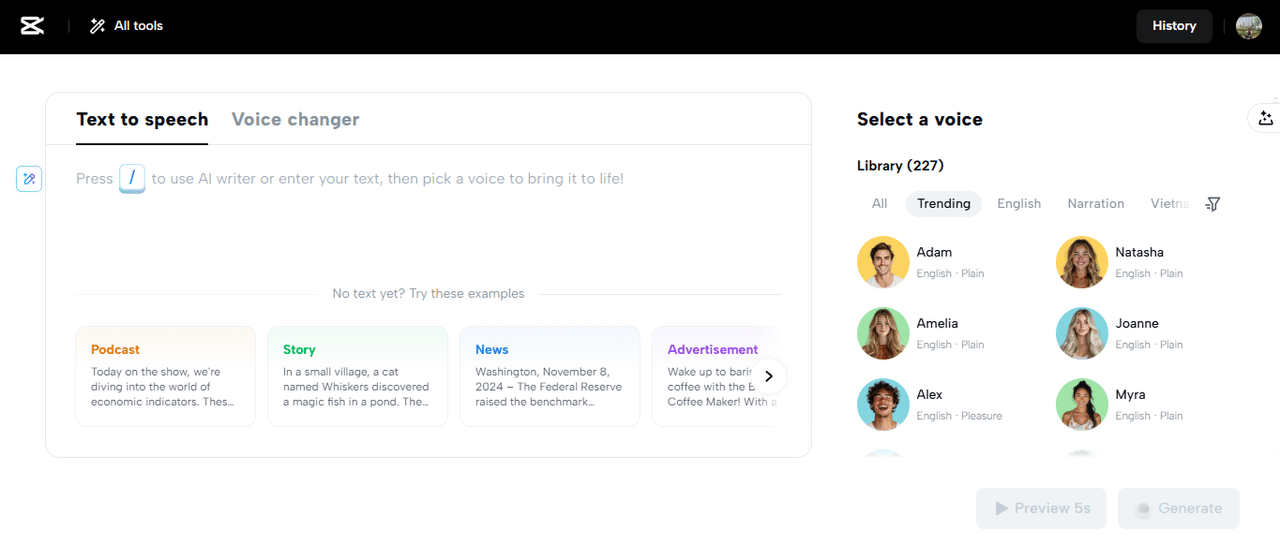
An essential component of any organization’s success is resource management. Whether managing human resources, financial assets, or material resources, having effective resource management practices ensures that projects are completed on time, within budget, and with optimal efficiency.
Poor resource management can lead to wasted time, financial losses, employee burnout, and missed opportunities. On the other hand, good resource management practices enhance productivity, improve team collaboration, and drive business growth. This article explores the key benefits of good resource management and why it is essential for organizations of all sizes.
1. Improved Efficiency and Productivity

One of the most significant benefits of good resource management is improved efficiency and productivity. Through prudent resource allocation to tasks and projects, businesses may guarantee that work is finished without needless delays or bottlenecks.
How resource management improves efficiency:
- Putting the appropriate individuals in the correct jobs according to their qualifications and availability.
- Reducing idle time by optimizing schedules and workloads.
- Minimizing overlapping responsibilities that can lead to confusion and wasted effort.
- Using project management tools to track progress and ensure deadlines are met.
When resources are well-managed, employees work more effectively, projects run smoothly, and businesses can deliver products or services faster.
2. Cost Savings and Budget Optimization
Organizations that manage their resources wisely can significantly reduce costs and optimize their budgets. Poor resource allocation can lead to overspending, unnecessary hiring, or wasted materials.
Ways resource management saves costs:
- Eliminating resource waste by ensuring all assets are utilized effectively.
- Avoiding unnecessary expenses by planning budgets in advance.
- Reducing overtime costs by balancing workloads appropriately.
- Maximizing return on investment (ROI) by allocating resources to high-value projects.
By implementing good resource management practices, businesses can cut unnecessary expenditures and increase profitability.
3. Better Decision-Making
Good resource management provides valuable data and insights that help organizations make better, data-driven decisions. Managers can evaluate resource availability, project timelines, and financial constraints before committing to new initiatives.
Key decision-making benefits:
- Data-driven planning – Using reports and analytics to forecast resource needs.
- Risk assessment – Identifying potential shortages or excesses before they become problems.
- Scalability – Making informed decisions about business expansion based on available resources.
When managers have clear visibility into their resources, they can make strategic decisions that enhance business performance.
4. Enhanced Employee Satisfaction and Work-Life Balance

Poor resource management often leads to workplace stress and burnout, as employees are either overworked or underutilized. Proper resource allocation ensures that workloads are fairly distributed, leading to a healthier work environment.
Benefits of balanced resource allocation:
- Reduces employee stress by avoiding overburdening staff with excessive tasks.
- Improves job satisfaction by ensuring employees are assigned tasks that match their skills.
- Encourages work-life balance by preventing excessive overtime.
- Enhances retention rates by keeping employees motivated and engaged.
A well-managed workforce is not only more productive but also more loyal and satisfied.
5. Increased Project Success Rates
Projects are more likely to succeed when resources are properly planned and allocated. Poor resource management can lead to missed deadlines, budget overruns, and failed projects.
How good resource management boosts project success:
- Ensuring resource availability before starting a project.
- Preventing resource shortages that can cause delays.
- Aligning resources with project goals to maximize efficiency.
- Monitoring progress to make adjustments in real time.
By allocating the right resources at the right time, businesses can deliver successful projects consistently.
6. Improved Collaboration and Teamwork
Good resource management fosters better collaboration among team members. When resources are clearly assigned and responsibilities are well-defined, teams work more cohesively.
Key collaboration benefits:
- Reduces conflicts by ensuring fair workload distribution.
- Enhances communication between departments working on shared resources.
- Encourages accountability as employees understand their roles and expectations.
- Promotes knowledge sharing by assigning experienced team members to mentor others.
With clear resource allocation and structured workflows, teams can work more efficiently and harmoniously.
7. Maximized Utilization of Resources
One of the primary goals of resource management is to optimize the use of available resources. This applies to people, finances, equipment, and time.
How resource optimization benefits businesses:
- Prevents underutilization – Ensuring that resources are used effectively rather than sitting idle.
- Reduces dependency on external resources – Maximizing internal capabilities before outsourcing.
- Increases flexibility – Allowing businesses to shift resources as needed.
- Boosts profitability – Ensuring that every resource contributes to business success.
By maximizing resource utilization, businesses can achieve more with less.
8. Stronger Risk Management
Poor resource management can expose businesses to unnecessary risks, including financial losses, missed deadlines, and legal issues. Proper resource planning helps identify and mitigate risks before they become major problems.
How resource management minimizes risks:
- Avoiding over-reliance on key employees to prevent disruptions if they leave.
- Managing workload distribution to prevent burnout and turnover.
- Tracking resource availability to prevent shortages that could delay projects.
- Creating contingency plans for unexpected changes.
By proactively managing risks, organizations can maintain stability and resilience.
9. Competitive Advantage
Businesses with efficient resource management practices have a significant competitive advantage. They can deliver projects faster, optimize costs, and improve employee satisfaction, leading to higher customer satisfaction and long-term success.
Competitive benefits of resource management:
- Faster project completion – Outperforming competitors in delivering products and services.
- Better financial management – Reducing costs and maximizing profits.
- Higher customer satisfaction – Providing reliable and timely services.
- Scalability and growth – Adapting quickly to market demands.
Companies that invest in strong resource management strategies position themselves for sustainable growth and success.
Understand Resource Management Practices
Good resource management practices are essential for any organization aiming to maximize efficiency, reduce costs, improve employee satisfaction, and drive business success. From better decision-making and risk management to enhanced project success and competitive advantage, the benefits are far-reaching.
By implementing effective resource management strategies, businesses can optimize their operations, improve collaboration, and achieve long-term success. Whether managing a small team or a large corporation, investing in resource management is a game-changer.




